As with choosing a gun, the type and design of the holster for concealed carry is a personal choice and preference.
There is no such thing as one holster that will work for everyone, let alone one design or body placement that everyone would agree is the best.
To get started, ask yourself: “What is the best way for me to conceal my firearm that will give me the quickest, safest draw, and still allow for comfort?”
It’s up to you to choose between fashion, seasonal dress norms, and a holster that will enable you to draw fast and shoot if needed. Whatever is the idea you follow, choose a holster that you are willing and able to carry at all times.
As with the gun itself, if you are going to leave it home or avoid wearing it because of discomfort, it is best to look for something more suitable.
General Holster Choice Considerations for Women
Most dresses, skirts, evening wear, and even some business wear for women are designed to flatter the body, not conceal a handgun. Aside from the weight of the fabric being all wrong, the lack of pockets, belt loops, and other items make it hard to conceal a gun, magazines, or speed loaders.
3 Second SEAL Test Will Tell You If You’ll Survive A SHTF Situation
Women should choose garments or holster types carefully to avoid having a gun print while trying to wear it concealed. Let’s see what the options are, as well as some pointers to keep in mind while choosing between them.
Purse or Fanny Pack
There are many purses, handbags, and fanny packs sold that have special compartments to conceal firearms, like those from Gun Godess, even if you want to carry a larger gun. Be sure to choose a purse or fanny pack that has a hidden holster that is secured by a fast opening zipper.
Don’t use a purse or fanny pack that doesn’t have a holster. It is to dangerous to keep an unsecured handgun loose in a purse or fanny pack.
Overall, a fanny pack or purse is not a very safe place to keep your firearm even with the special holster option. A gun should never be in pack or bag that others can snatch because purses and fanny packs are always eye candy and prime targets for robbers.
Purses and fanny packs frequently wind up in shopping carts, left in bathroom stalls, or even laying on the floor of the car. If you do choose a fanny pack, make sure that you feel comfortable enough that you never have to remove it while wearing it. Remember, when carrying concealed, it is still your job to keep the gun from being stolen, and to have control of its location, and use at all times.
Some people choose a fanny pack or purse thinking that they can simply shoot through the material without having to actually draw the gun from the holster. Doing this may cause the weapon to malfunction, miss the intended target, or the bullet may not rip it’s way through the purse or fanny pack material.
Drawing and firing from a fanny pack or purse takes a lot of practice and can be time consuming. It should also be noted that a gun can easily get tangled up in purse or fanny pack straps as you are trying to draw the weapon.
Bra
The bra concealed carry has made a new comeback with Flashbang holsters. This holster is connected directly to the bra and can be worn below or between the breasts. It uses a Kydex clamshell design holster to better secure the handgun and protect the trigger guard; which protects the wearer from accidental discharges that could be fatal.
For best results when drawing from this holster, you must have easy access to it. The more clothes you are wearing, or the tighter they are, the longer it will take to draw the gun. Clothing wise, you will do best with a well fitting, sturdy bra. Light weight tops that are easy to lift up and replace will also make it easier to draw as quickly as possible when needed.
Garter or Thigh Holsters
These holster types are suitable if you prefer to wear dresses or skirts. The thigh holster is kept in place by a wide elastic band around the upper thigh that keeps the holster from slipping down. It should fit snugly on your thigh and the holster should also have features that protect the trigger from accidental discharge.
Garter and thigh holsters can be a bit uncomfortable and slip down if the gun is too heavy, so you may need to carry a lighter weight gun.
Ankle
Some women like the idea of an ankle holster because it’s off the waist line and easy to hide under a pair of wide legged pants.
There are two ways to wear an ankle holster. The first is to use an elastic garter system that fits snugly around the calf of your non-dominant leg with the holster attached just above the ankle with an adjustable Velcro strap. The second way is to just have a Velcro wrap-a- round adjustment strap to secure the holster.
Drawing from an ankle holster can be very awkward under normal conditions, and also when driving. In a situation where you must fight or dodge blows, it may be nearly impossible to draw the weapon and remain safe while doing so.
If your normal concealed carry weapon is too heavy or too large, it can disrupt your gait, and also be very uncomfortable to wear over a long period of time. You may have to use a lighter or a smaller caliber handgun to use the ankle holster safely. Insofar as manufacturers, I recommend Uncle Mike’s and Galco.
Inside the Waist Band (IWB)
If a woman wants to use the IWB carry, jeans or other heavy cotton pants work best. These pants need to have belt loops that will be able to support the weight of the handgun, extra magazines or speed loaders, a flashlight, and a knife.
To cover up this type of carry, wear a shirt, sweater, or light jacket that offers quick access to the firearm. Most individuals that use this carry prefer to wear their cover clothing over the outside of their pants.
When compared to other holster types, this one is safest because the gun is always on your body. It is also located in a place where you will be able to grab it fastest without having to shift your body around.
IWB holsters such as the Kydex Hybrid inside the pants holster by Cleveland Holsters are also the hardest to detect because you can easily wear bulky or loose fitting clothes that will prevent it from printing.
General Holster Choice Considerations for Men
If you are a man and wish to carry a handgun concealed, it can be just as complicated as finding the right holster for a woman. While your body placement options will be different, the ability to conceal a specific gun size and avoid printing can still be challenging.
Here are some of the most popular body placements to consider as well as things to consider about how they are used.
Shoulder Carry
This holster positions the handgun in the vertical or horizontal position on one side of your rib cage, below the armpit. A coat or jacket will be needed to hide the shoulder rig from sight. You can carry larger weapons easily with this holster type, and also conceal them with relative ease. It also gives you plenty of room for more than one magazine, a flash light, and a knife.
Since you can position items all over the harness, it is easy to balance out the weight around your body. Insofar as drawing from the harness, you will need to practice a weakside holster with a strongside cross draw across the chest. This can take some getting used to.
Holster Shirts
As the name implies, this is a tight fitting t-shirt with carry pouches on either side of your body under the armpits. Each of these pouches are designed to carry a pistol or a magazine, depending on your dominant shooting hand. It’s to your advantage to wear a loose fitting shirt when using this carry to keep from printing as well as for easy access to the pistol. Tucked in shirts will do nothing but slow down the draw. Many men prefer holster shirts to shoulder carry because holster shirts are newer, and are therefore considered more fashionable.
Inside the Waist Band Holsters (IWB)
This is one of the most popular and carried concealed carry systems because it is easier and faster to draw from than any other holster type. IWB holsters also have a reputation for being one of the easiest kind to conceal. If you are right handed the pistol is usually carried around the 5 o’clock position.
For left handed shooters the pistol is carried around the 8 o’clock position. To keep the holster stable, belt clips wrap around your belt and offer greater retention of the holster, extra magazine holders, flashlights, and knives. To cover the IWB holster, wear long pants with your shirt or sweater not tucked in for faster drawing.
The IWB carry is excellent for anytime of the year. Always be careful what you plan to carry depending on the time of the year. If it is warm and you are wearing light weight clothing, it is possible to print the weapon on your shirt or pants (which could get you arrested in some states).
To avoid printing, use a firearm that works with your body type and wear looser fitting clothing. Choose dark colored shirts instead of white or light colored ones to prevent the gun color from showing beneath your shirt.
Pocket Carry
The pocket carry is a very popular concealed carry for men because it is easy to hide in shorts as well as long pants. The main challenge with this holster type is that it is primarily designed for smaller pistols such as the S&W Bodyguard .380 or the Ruger LCP.
It is very important to only carry a pistol size that fit properly into the holster without trying to squeeze it in. You must also be very careful to choose a good quality model that has a trigger guard. If your gun has a manual safety, make sure it is engaged and functional when wearing this holster.
While these holsters may sound appealing and conceal well, they can also be the most dangerous when it comes to accidental trigger pulls. The last thing you will want to do is shoot yourself in the leg, testicle, or elsewhere because the trigger accidentally depressed while the gun is in the holster.
Learn how to draw and release the safety as fast as possible rather than take the chance of hurting yourself by leaving the safety off when using this kind of holster.
Ankle Carry
The ankle holster is another popular concealed carry that works well with smaller sized pistols. If you do a lot of sitting during the day, this holster can give you fast and easy access to the pistol.
As with women, however, you will find it challenging to draw this gun if you are standing, running, or walking. In a self-defense situation where you are fighting, it may be nearly impossible to manage every other move you must make and draw the weapon.
You may also find that an ankle holster will disrupt your gait or lead to muscle soreness on one side if you don’t shift the carry from one leg to the other on a regular basis. Alternatively, you may need to choose a lighter, smaller weapon for the sake of comfort and safety.
It’s very important for both men and women to think carefully about where to place a concealed carry gun on their body and which holsters will work best. Once you find a holster design and body placement that works, practice regularly with it until drawing techniques become second nature and encoded in your muscle memory.
As with the gun itself, in the end, the best holster will be the one that you are comfortable with and actually use and practice with so that you can succeed in defending yourself quickly and efficiently.
This article has been written by Fred Tyrell for Survivopedia.


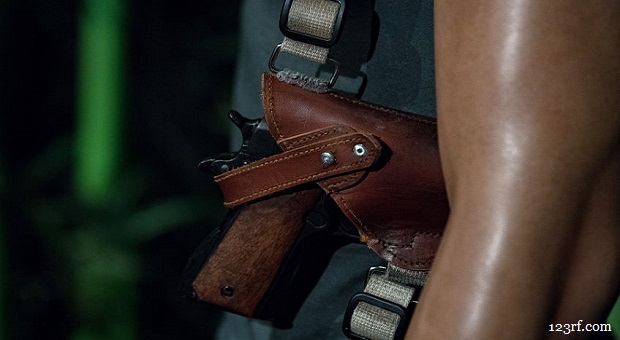

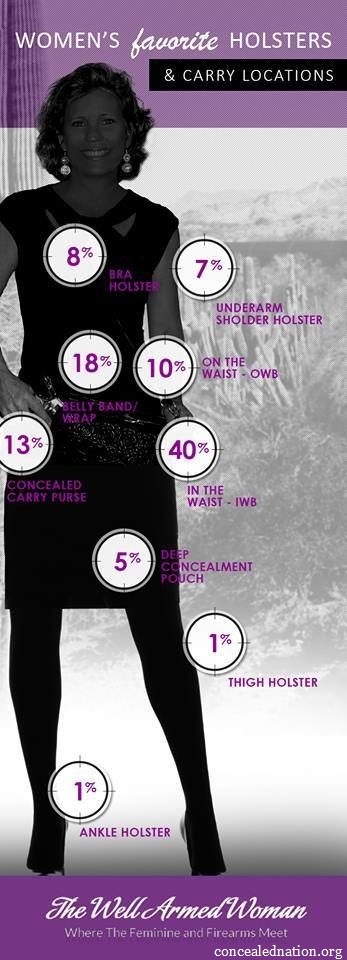

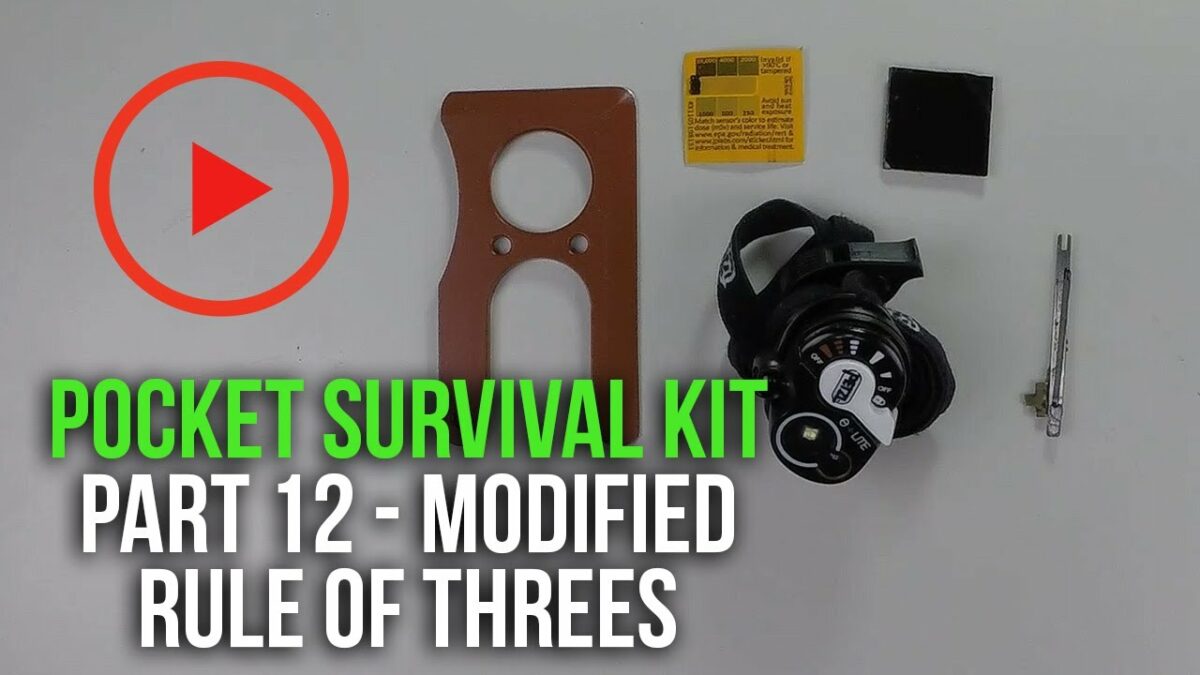
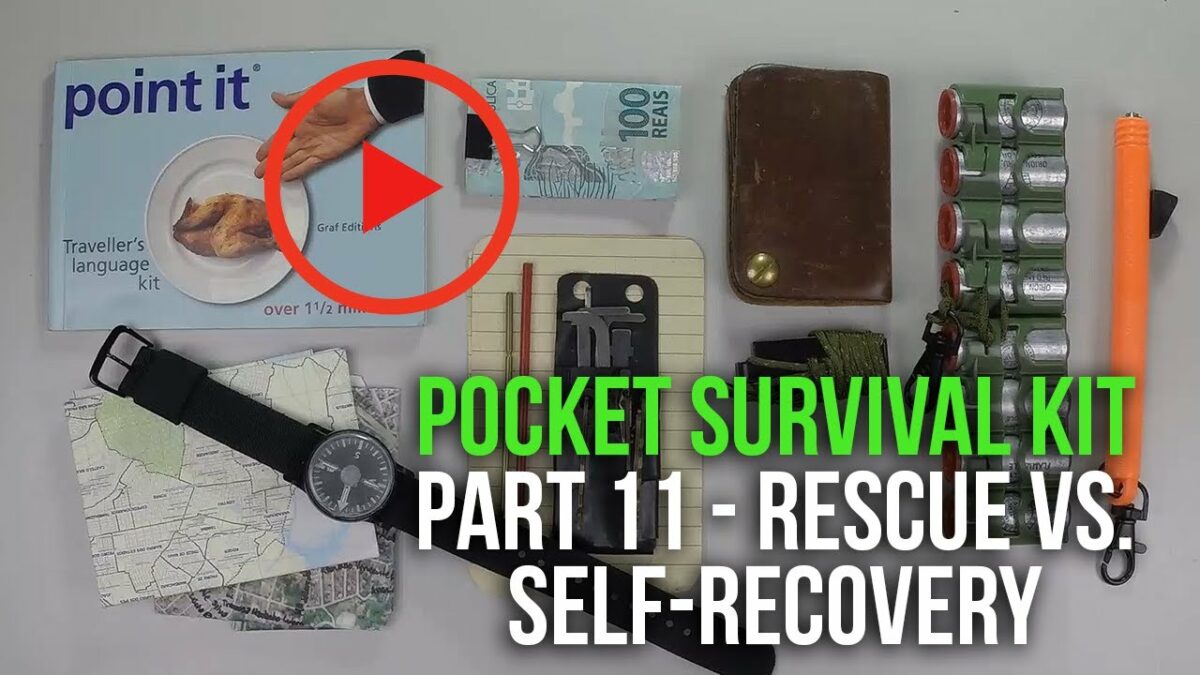
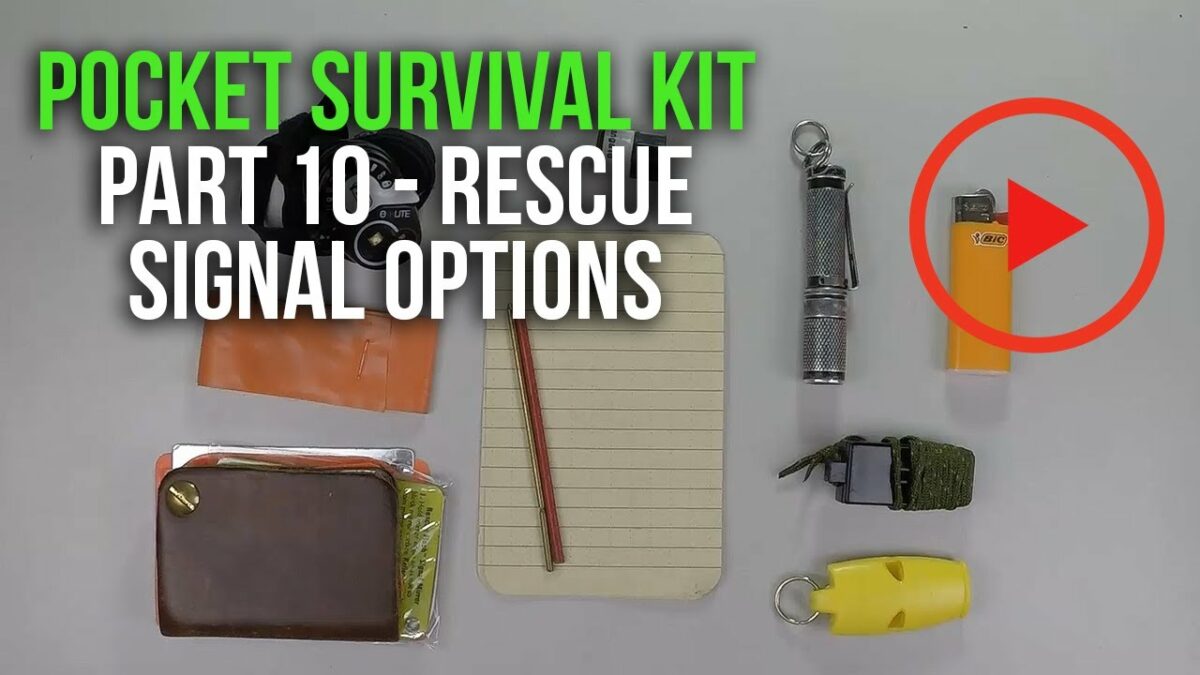
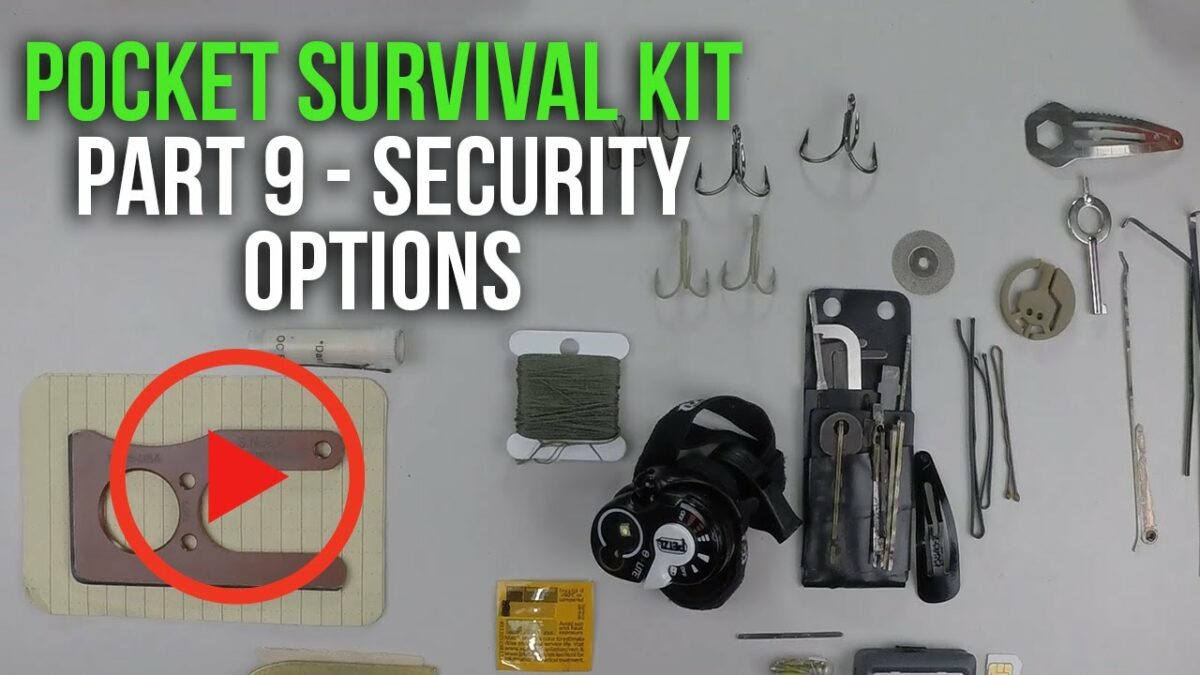


Robert G Scharf | August 21, 2017
|
No mention of iwb appendix carry? Which btw works very well for me.
Fred Tyrrell | August 23, 2017
|
Choosing a holster is a personal choice. I personally don’t choose to use this carry, but it may work for you. This carry works better with a smaller barrel length. Learning and practicing your drawing is critical. Drawing from any holster there is always the chance of an accidental discharge. In the case of a man, injuries could be very serious if shot in the groin or femur artery.
Marty | August 21, 2017
|
Good article, however I must take issue with the comment of needing a coat or jacket when wearing a shoulder holster. like Fred, i’m also a retired LEO with 20 of my 31 years in proactive investigations. I’ve used a horizontal shoulder holster for many decades. during warm weather i wear a t-shirt with the holster and a simple cover shirt usually one size larger then normal. sometimes it is a light weight vest, sometimes a sleeveless biker type shirt. if it’s windy, i can button up the larger cover shirt with little to no printing. because the weapon sits under by left arm, it’s easy to keep my arm tight against the weapon eliminating any chance of printing. This is the only way i can carry a full size weapon comfortably. Just my 2 cents worth.
Infidel762x51 | August 21, 2017
|
pOCKET CARRY WITH THE SUB-COMPACT 9’S WORKS GREAT. I CARRY A SIG 290 ALL THE TIME WITH TWO SPARE MAGS IN A CELL PHONE CASE ON THE BELT. NO ONE EVER NOTICES.
Carlos | August 22, 2017
|
One thing’s for sure, women with big t1t$ can’t use a bra holster.
Gregory | August 22, 2017
|
Check out the “clinger comfort holster”
SouthernAZ | October 9, 2017
|
Undertech undercover is a line of women’s clothing made for women’s concealed carry. I like the T-type shirt, but it runs small, so order a size larger. I wear with a sweater or vest. Also, women who wear jeans can easily carry a S&W Bodyguard in a front pocket when wearing a tunic top. I KEEP MINE on a lanyard so it doesn’t end up in the toilet.
Pingback:Survival Defense For Women: 10 Tricks Against Sexual Predators | Survivopedia | October 18, 2017
|
Pingback:The Truth About Guns, God And The Second Amendment | Survivopedia | November 14, 2017
|
Pingback:Best Rules For Prepping And Training Under The Radar | Survivopedia | December 14, 2017
|